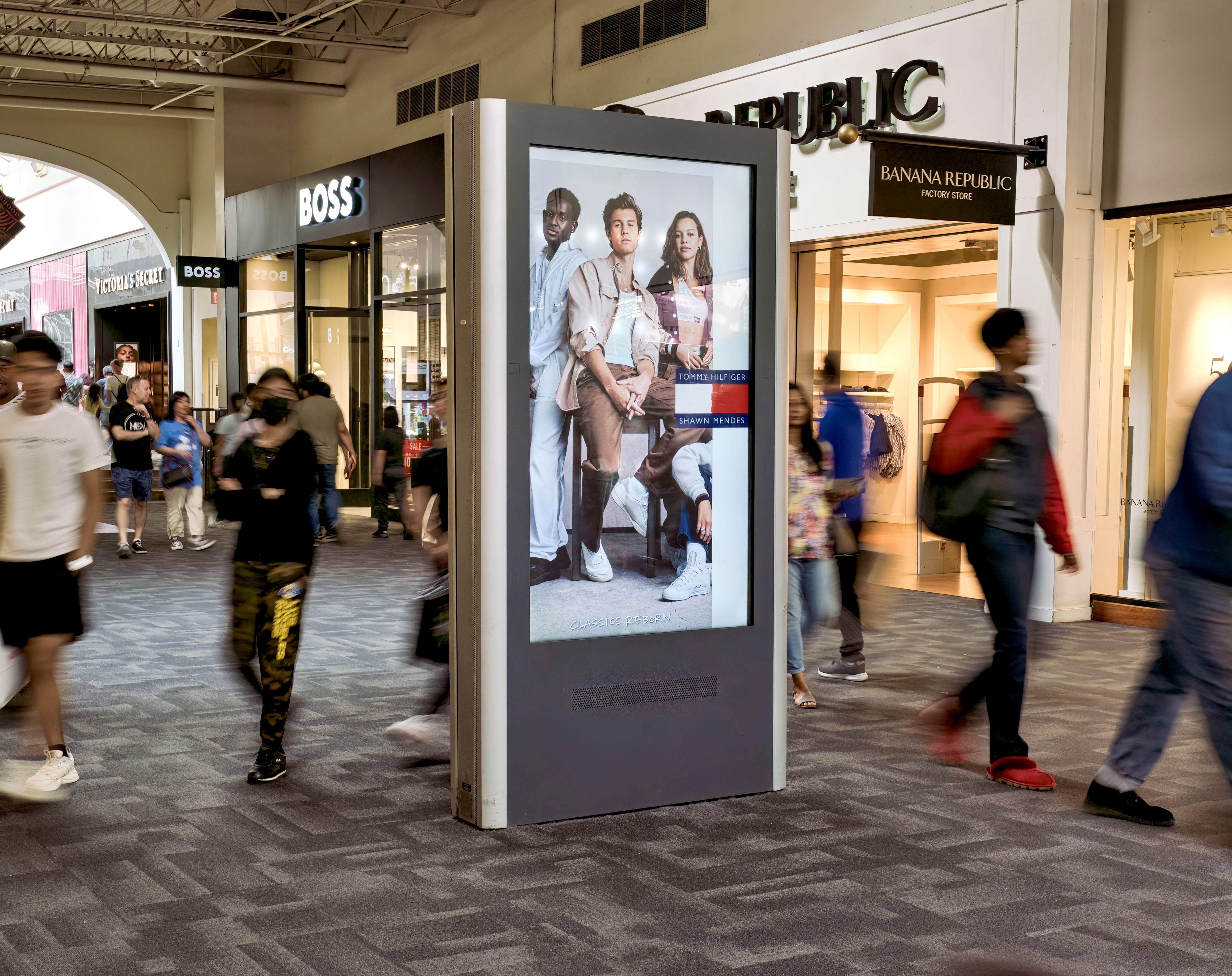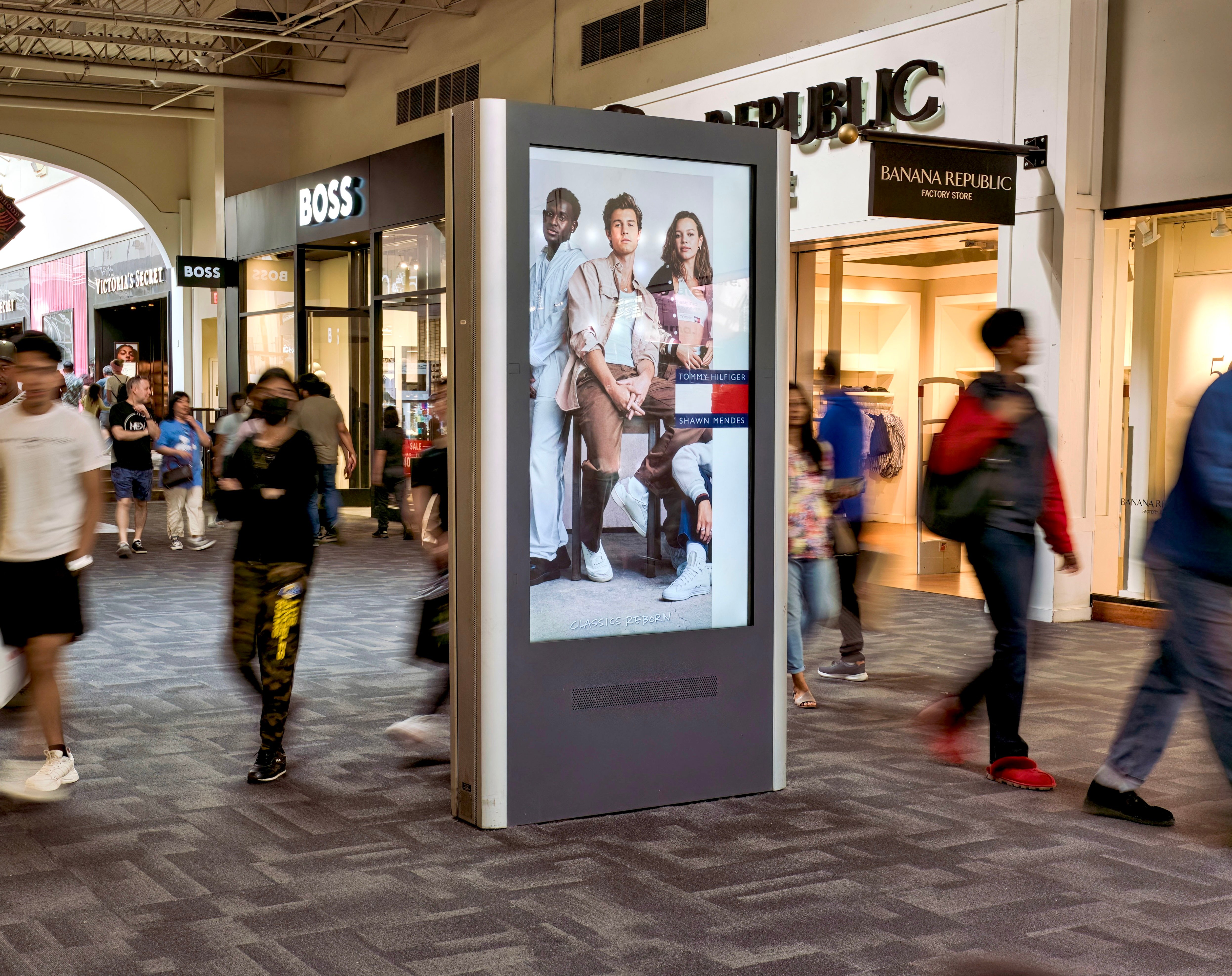
Until recently, digital audience targeting strategies have outpaced more traditional channels. The start of Programmatic Digital Out-of-Home (pDOOH) changed this. It combined sophisticated audience targeting with the effectiveness of a visually compelling channel.
Audience data can tell us a variety of information. This can include the places a target demographic visited, how long they spent there, and at what time. Advanced data science and modeling groups audiences and their behaviors together. These groupings create targeting segments for high-value customers. Other inputs include data users opt into. For example, sharing cookies to inform what websites the user has visited.
This article will teach you how to fine-tune your pDOOH campaigns. This will help you secure intelligent and strategic placements at the place and time where your target audience is most likely to be. You’ll learn to harness the strength of billions of data points collated together to confidently place advertisements aligned to your audience’s traffic patterns.
Brands can also use many of these targeting strategies for traditional and digital OOH. Here are five ways that you can supercharge your audience targeting with pDOOH:
People tend to be creatures of habit. A consumer’s past actions heavily inform what actions they will take in the future. Third-party audience targeting collects data on an audience’s historical behaviors. The data is then extrapolated, further dividing that audience into predefined custom segments. This allows advertisers to target criteria such as gender, age, income, and hobbies.
When an advertiser selects a third-party targeting segment in a Demand-side Platform (DSP), this places bids on inventory and screens. It shows the time and place your desired audience will see your campaign. Some DSPs can count the number of impressions by a selected audience demographic. That gives the brand the total number of impressions and the number of targeted impressions.
Here are some ways that advertisers use third-party audience targeting:
You can enforce strict geographic parameters on OOH campaigns using the scale and flexibility of programmatic advertising. DSPs provide brands and advertisers with a campaign management tool. This tool sets campaign parameters and guardrails so the campaign delivers as planned.
Geofenced targeting can be as broad or narrow as the advertiser needs. But there are cost trade-offs when considering a wide or narrow geographic strategy.
If an advertiser wants state-level geographic targeting, they can secure placements on screens in that territory. An advertiser can take a more targeted approach by selecting specific counties to target. But, more targeted CPMs are often more expensive than broader geographic targeting. This is due to the real-time bidding nature of programmatic advertising.
Placing banners on sites relevant to the ad is contextual digital advertising. An example would be a medical ad appearing on WebMD. Advertisers can apply the same strategy to pDOOH but in a real-world environment.
.jpg?width=1933&height=1465&name=CK%20Pride-%20NL%20-%20Calvin-Klein-DOOH(4).jpg)
Contextual targeting strategies begin with defining the target audience. They must then learn the physical locations relevant to this target audience.
Examples of contextual targeting include:
Some targeting options do not need any access to audience data. Advertisers can use trigger-based targeting on factors related to the environment. This includes air quality, weather conditions, temperature, and more.
Brands can use this method to have a more adaptive and flexible campaign. They can customize their message based on the OOH and the audience's surroundings.
Examples of trigger-based targeting include:
Some DSPs will allow brands to build custom audiences based on their own or first-party data. Brands can build out new audiences and lookalike groups. This helps identify prospective customers based on historical conversions.
To do this, brands need a substantial first-party data list. They also need a Data Management Platform (DMP) for data compliance. Through a DMP, the data is anonymized before it goes to a DSP. Advertisers can then select the audience as a custom targeting segment.
Billups can serve as a trusted partner as you navigate the world of programmatic DOOH. We lead the industry with scientific targeting, accurate OOH measurement, and an innovative AI-powered recommendation engine. New to Programmatic advertising? Get the short guide here! Learn how we can help you find your audience. Contact us.
Don't worry—we won't share your information.